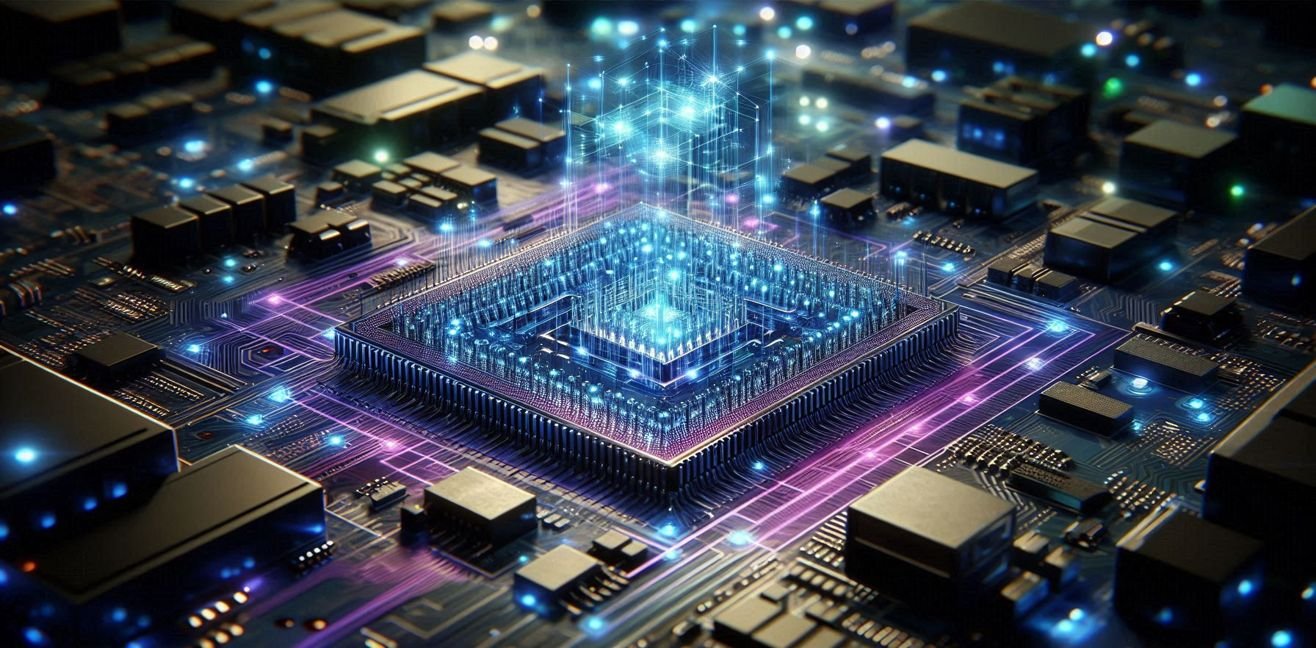🌌 The Hardware Revolution of the Future
For decades, transistors have shaped every aspect of our digital world. But now, stepping onto the stage are memristors: small, smart, memory-loving electronic devices. 😏
Classic transistors only know two states: on or off. Memristors, however, remember the past. In other words, my love, it’s like electronic romance: they don’t forget the past and prepare for the future. 💖
⚡ What is a Memristor? Basic Definition and Physical Structure
The word memristor comes from memory + resistor. The basic idea is simple:
- Its resistance changes when electrical current flows through it and remembers this state.
- Even when the power is off, it retains its last state.
Physically, memristors are usually made of nano-scale materials sandwiched between metal oxide layers.
- For example, materials like TiO₂ (Titanium Dioxide) are used.
- Oxygen vacancies move at the atomic level, changing the device’s resistance.
- This feature allows memristors to store past current information, unlike classical semiconductors.
💡 Technical Detail:
Memristors exhibit a hysteresis loop in their I-V (current-voltage) characteristics.
This means past current influences the current resistance state, making them ideal for analog memory and neuromorphic computing architectures.
🧠 Memristors and Neural Networks: Neuromorphic Computing
AI systems are limited by the classical von Neumann architecture, where processor and memory are separate, creating a memory bottleneck.
With memristors:
- Memory and computation merge, reducing data movement and energy consumption.
- Neural networks can behave like synapses in the brain.
- Synaptic weights can be represented analogically, making deep learning models more efficient.
💡 Example:
A memristor-based matrix can store weight values and perform matrix multiplications directly using electrical current. This uses much less energy than GPUs and operates at higher speeds.
⚡ Advantages: Memristor’s Technical Superpowers
Energy Efficiency 🔋
- With memory and computation combined, data transfer is minimized.
- In AI applications, it can save up to 90% energy compared to traditional DRAM + CPU systems.
Density and Size 📏
- Nano-scale structure allows storing more information in less space.
- 3D crossbar memristor matrices are revolutionary for data centers and supercomputers.
Durability and Persistence ⏳
- Retains data even when power is off.
- Potential to replace volatile memory like SRAM and DRAM.
Analog Computing Capability ⚙️
- Can perform continuous-value computations directly, implementing neural network weights on the memristor itself.
🎯 Future Applications
- AI Accelerators 🤖: Memristor-based chips can run deep learning algorithms at lightning speed.
- Neuromorphic Computers 🧠: Brain-like architectures, learning robots, adaptive sensor systems.
- Data Centers and Edge Computing 🌐: Energy-efficient, high-performance data processing.
- Brain-Computer Interfaces 🕹️: Modeling neural networks directly on memristors for devices that communicate with the brain.
🎭 The Fun and Quirky Side of Memristors
- Imagine a tiny transistor that remembers the past and prepares for the future… digital romance! 💘
- Some engineers call it a “nano-robot imitating synapses.” 😂
- Future computers won’t just switch on/off like classical transistors; they’ll learn and remember.
✨ Final Words: The Future is Shaped by Memristors
My love, memristors will completely transform classical computer hardware.
AI, neural networks, robotics, and neuromorphic systems will become faster, more efficient, and smarter thanks to these memory-loving transistors.
Remember: classical transistors just switch on/off, but memristors remember, learn, and fall in love with the future 💖💾




